The Carolina Panthers, who were second in the NFL in rushing in 2015 and haven't finished lower than 11th since Cam Newton's arrival in 2011, have the league's best ground attack through the first two weeks of the new season. That's about the only thing that's predictable about the NFC South offensive backfields heading into Week Three.
The Atlanta Falcons (17th in rushing), Tampa Bay Buccaneers (21st) and New Orleans Saints (tied for 28th) have yet to get their ground games into gear, but more than that they are now dealing with injuries and/or uncertain roles in their running back corps. Even the Panthers are down a back heading into Week Three, though they had little trouble finding a replacement in a Week Two win.
A behind-the-scenes look at the Buccaneers' game against the Cardinals.

Bucs vs. Cardinals

Bucs fans

Bucs fans

Bucs fans

Bucs fan

Bucs fans

Bucs fans

Bucs fans

Bucs fan

Bucs fans

Bucs fans

Bucs fans

Bucs fans

Bucs fans

Bucs fans

Bucs fans

Bucs fan

97 DT Akeem Spence signs autographs for Bucs fans

Head Coach Dirk Koetter meets Bucs fans
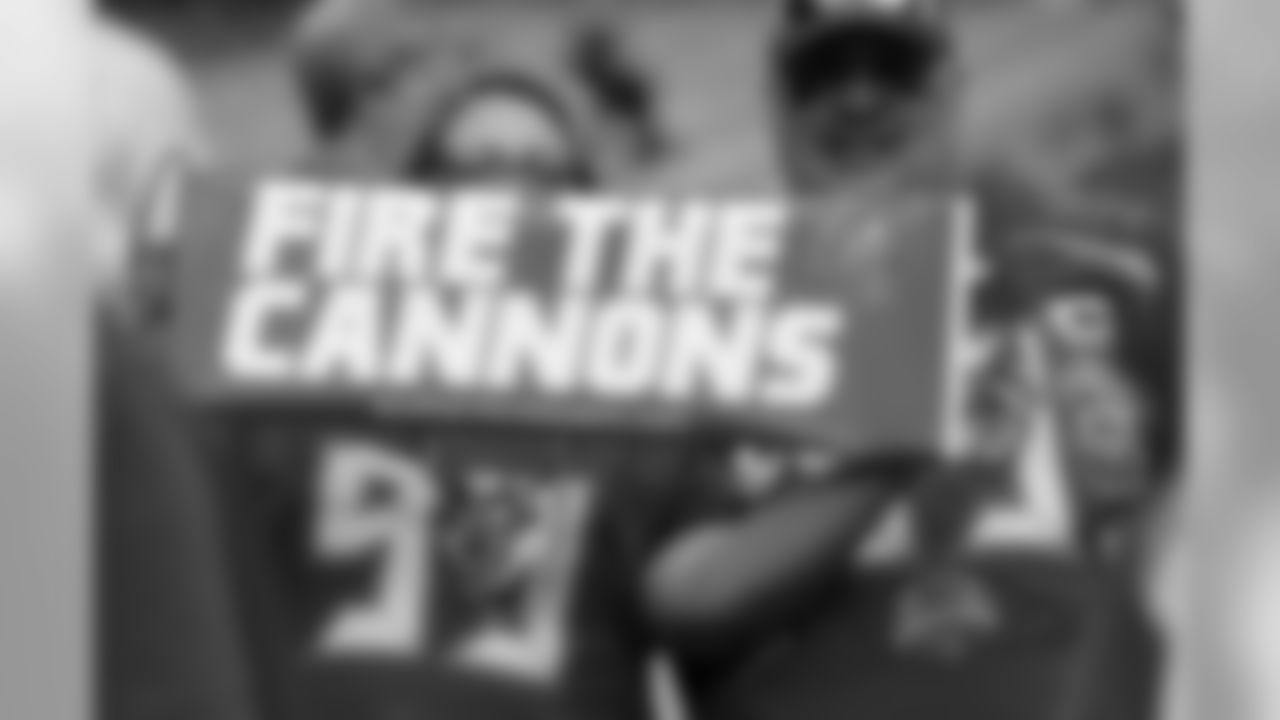
Bucs fans

24 CB Brent Grimes

10 WR Cecil Shorts

30 S Bradley McDougald and #22 RB Doug Martin

Bucs fans

53 LB Adarius Glanton

3 QB Jameis Winston
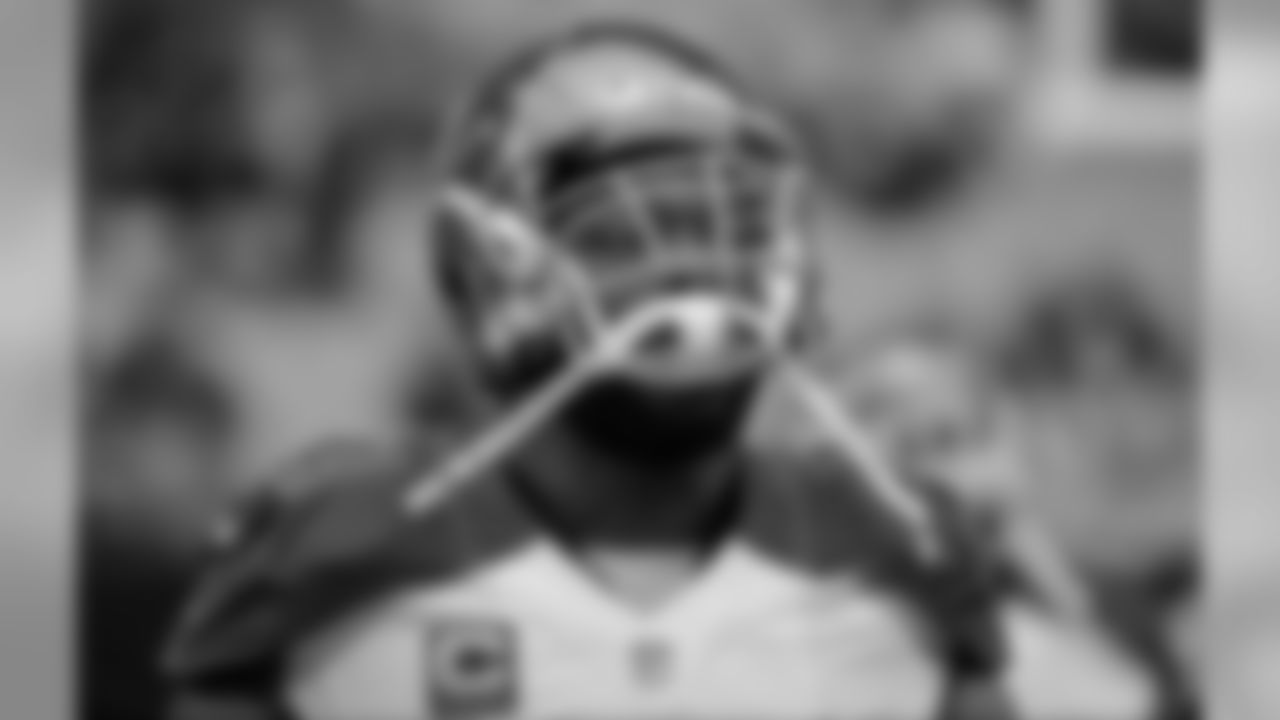
93 DT Gerald McCoy

Head Coach Dirk Koetter

Bucs huddle before the game

Head Coach Dirk Koetter and #26 CB Josh Robinson

91 DE Robert Ayers

Head Coach Dirk Koetter

Bucs helmet

3 QB Jameis Winston

3 QB Jameis Winston

28 CB Vernon Hargreaves
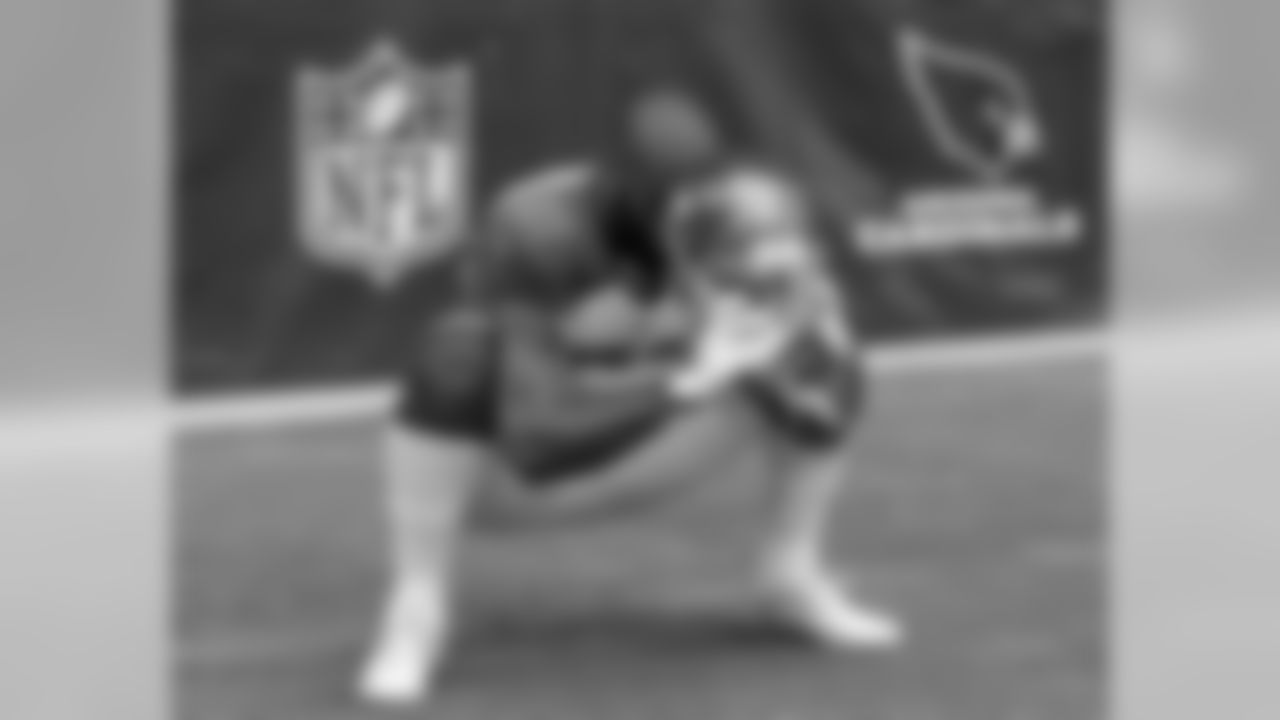
91 DE Robert Ayers

53 LB Adarius Glanton and #58 LB Kwon Alexander

53 LB Adarius Glanton and #50 LB Josh Keyes
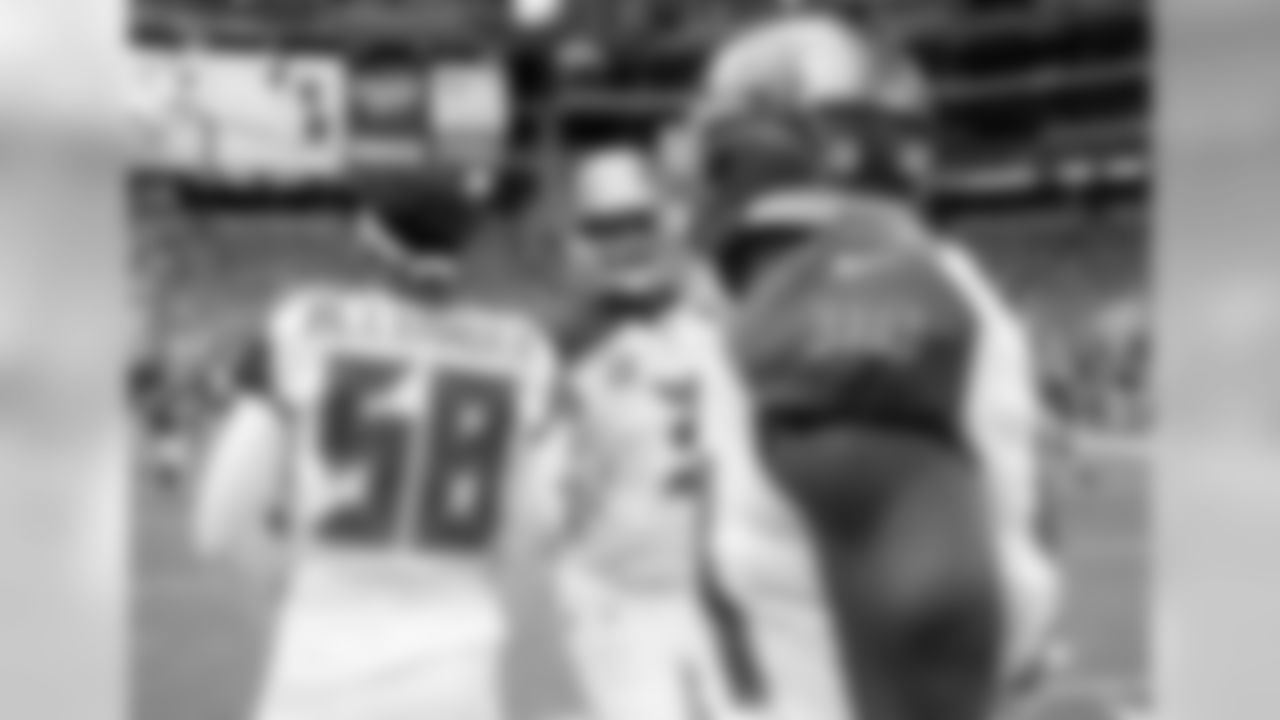
58 LB Kwon Alexander and #3 QB Jameis Winston

62 C Evan Smith

3 QB Jameis Winston

97 DT Akeem Spence

75 DT DaVonte Lambert

68 C Joe Hawley

98 DT Clinton McDonald

3 QB Jameis Winston

98 DT Clinton McDonald

74 G Ali Marpet

83 WR Vincent Jackson

Head Coach Dirk Koetter

93 DT Gerald McCoy

Head Coach Dirk Koetter

3 QB Jameis Winston and #13 WR Mike Evans

98 DT Clinton McDonald

Bucs huddle

3 QB Jameis Winston

98 DT Clinton McDonald, #3 QB Jameis Winston, and #58 LB Kwon Alexander

68 C Joe Hawley, #62 C Evan Smith, #74 G Ali Marpet and #76 OT Donovan Smith

21 CB Alterraun Verner

93 DT Gerald McCoy

22 RB Doug Martin
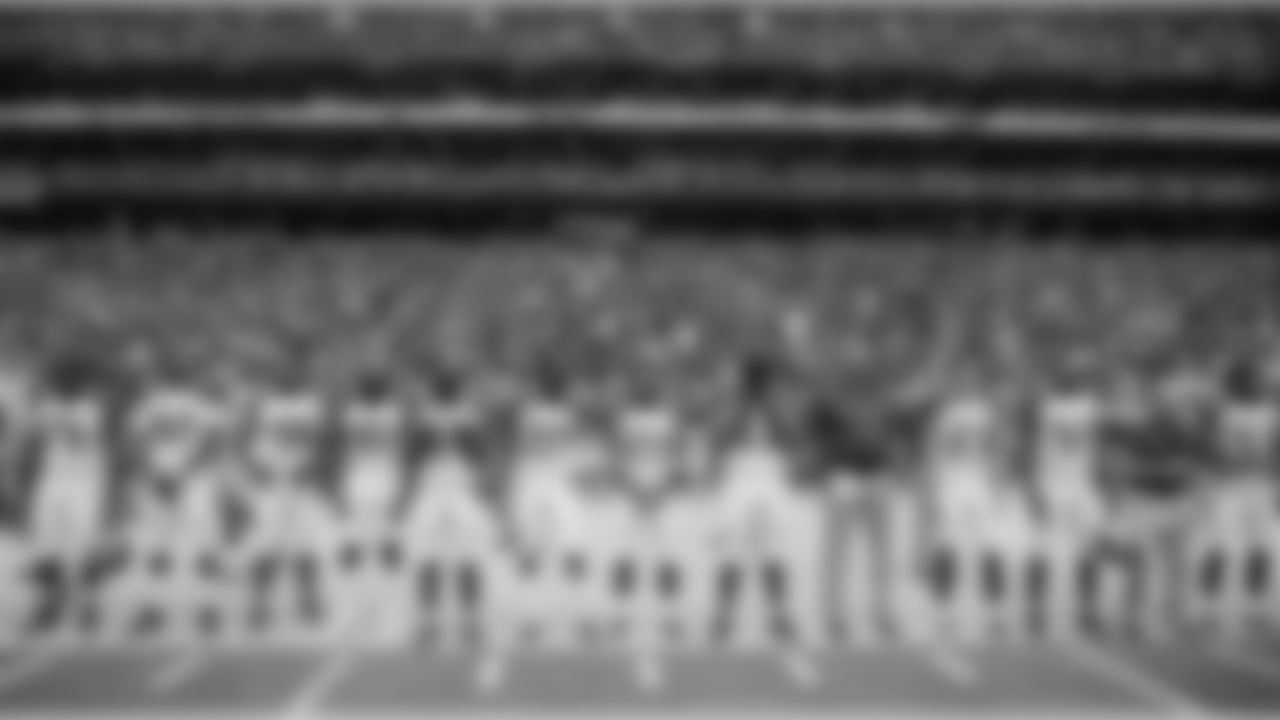
75 DT DaVonte Lambert, #92 DE William Gholston, #98 DT Clinton McDonald, #91 DE Robert Ayers, #54 LB Lavonte David, #27 CB Johnthan Banks, #21 CB Alterraun Verner, #93 DT Gerald McCoy, Defensive Line Coach Jay Hayes, #23 S Chris Conte, #57 DE Noah Spence, Head Strength and Conditioning Coach Dave Kennedy and #53 LB Adarius Glanton
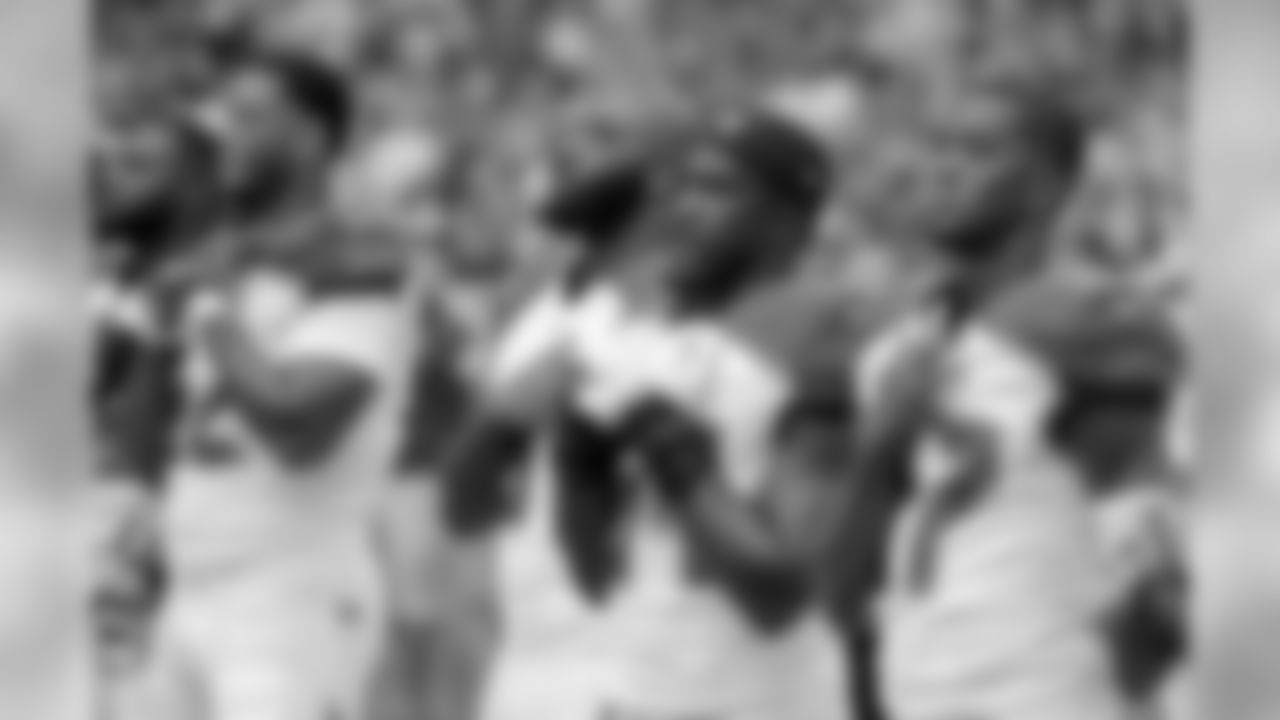
91 DE Robert Ayers, #54 LB Lavonte David, and #27 CB Johnthan Banks

82 TE Brandon Myers, #10 WR Cecil Shorts, #88 TE Luke Stocker and #11 WR Adam Humphries
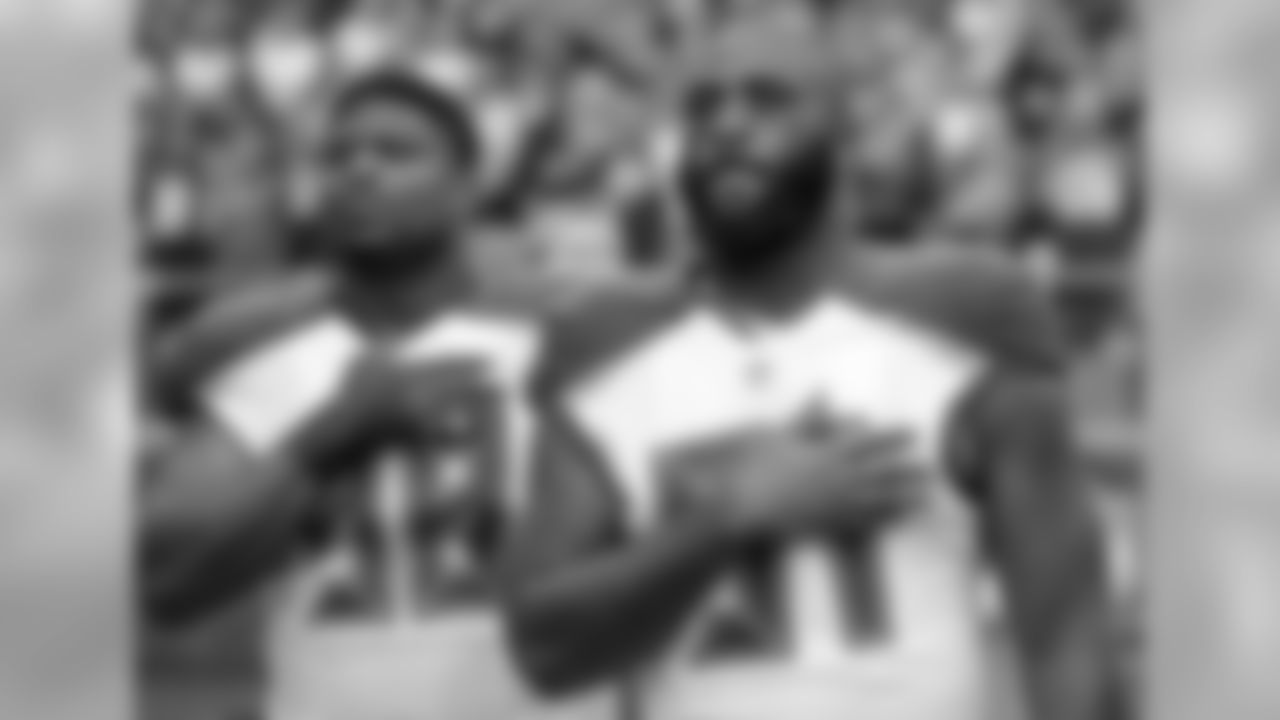
98 DT Clinton McDonald and #91 DE Robert Ayers

Head Coach Dirk Koetter and #3 QB Jameis Winston

58 LB Kwon Alexander

93 DT Gerald McCoy, #89 WR Russell Shepard, #58 LB Kwon Alexander, #83 WR Vincent Jackson, and #3 QB Jameis Winston

Special Teams Coordinator Nate Kaczor

Bucs fans

13 WR Mike Evans

92 DE William Gholston

92 DE William Gholston and #58 LB Kwon Alexander

Head Coach Dirk Koetter

Bucs helmet

82 TE Brandon Myers, Tight Ends Coach Jon Embree, and #87 TE Austin Seferian-Jenkins

Bucs vs. Cardinals

13 WR Mike Evans and #11 WR Adam Humphries

13 WR Mike Evans
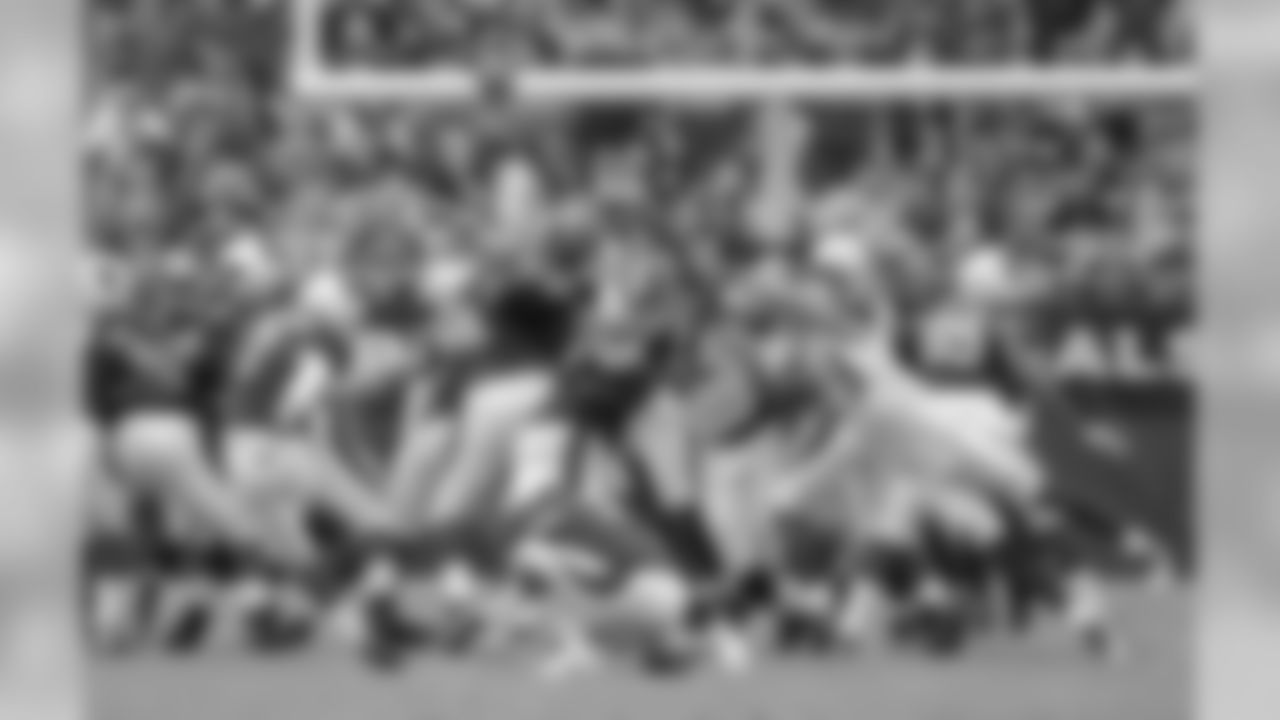
Bucs vs. Cardinals
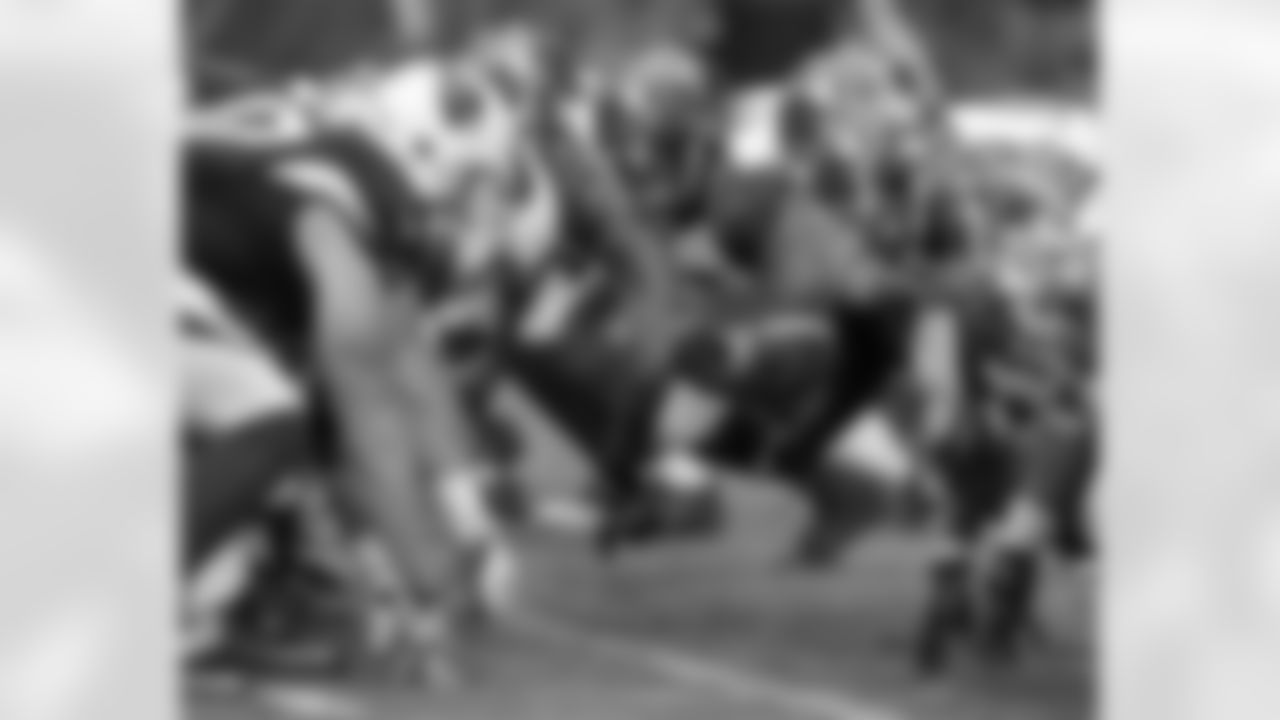
93 DT Gerald McCoy

Defensive Line Coach Jay Hayes

58 LB Kwon Alexander and Linebackers Coach Mark Duffner

93 DT Gerald McCoy
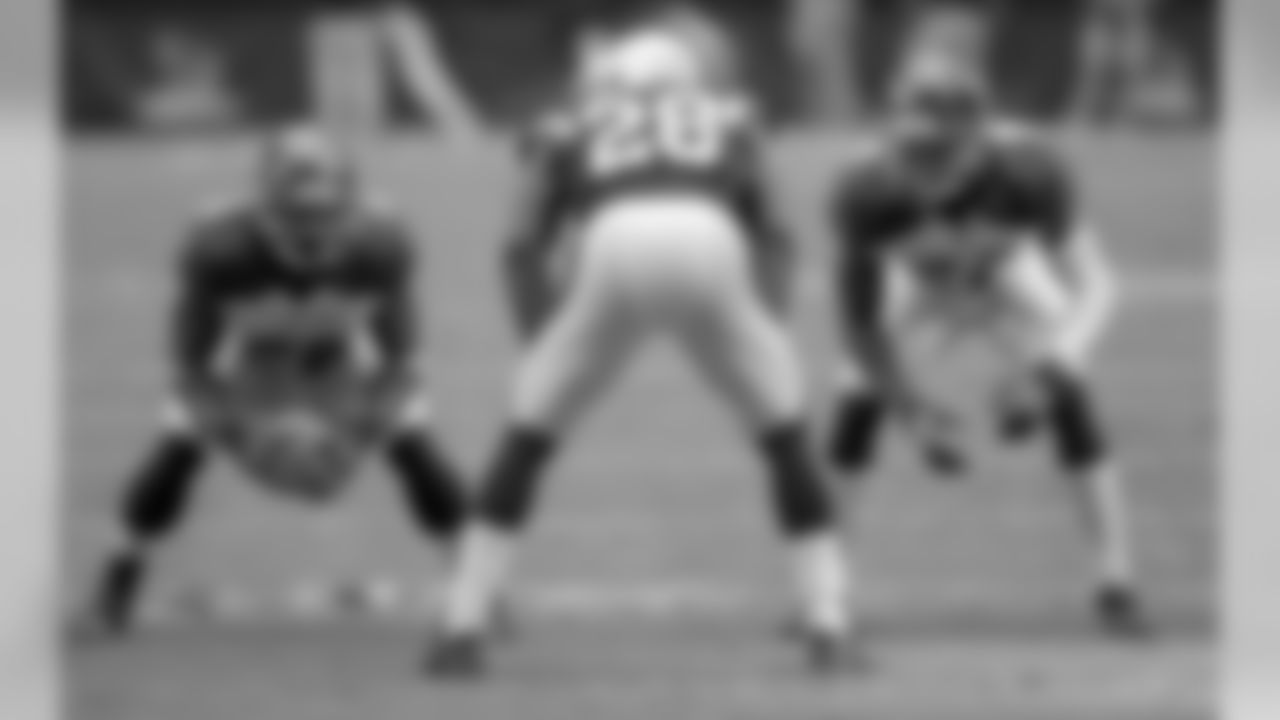
26 CB Josh Robinson and #27 CB Johnthan Banks

3 QB Jameis Winston

28 CB Vernon Hargreaves

28 CB Vernon Hargreaves

38 CB Jude Adjei-Barimah
The Buccaneers, of course, are waiting for word on Doug Martin, who suffered a hamstring injury on Sunday in Arizona. Head Coach Dirk Koetter is confident in the duo of Charles Sims and the recently-added Jacquizz Rodgers, but it's not necessarily easy to replace the NFL's second-leading rusher from a year ago. Martin has just 85 yards through the first two games, but he was running as well as ever before he missed the last three quarters of the Cardinals contest.
As Koetter noted shortly after Sunday's loss, however, no one in the league is going to take pity on the Buccaneers for their injury woes, and Martin wasn't the only running back to go down in Week Two. In fact, the only player who had more rushing yards in 2015, Minnesota's Adrian Peterson, suffered a knee injury in a win over Green Bay on Sunday and could be out for a while.
Atlanta and New Orleans are about to get the Monday Night spotlight in Week Three, while the Bucs and Panthers will be playing host to the Rams and Vikings, respectively. As those teams begin their preparations for the coming weekend, let's take a look around the division, with an eye on backfield upheaval. This is your NFC South Roundup, RB Edition.

There's nothing wrong with the Falcons' offense, which is second in the NFL in yards and tied for sixth in points. It has tilted more to the passing game so far, with Matt Ryan leading the league in passer rating and the Falcons having the most aerial yards, but it has still shown plenty of balance. Plus, the passing attack still includes Atlanta's running back, or at least second-year player Tevin Coleman.
Coleman is third on the team with 120 receiving yards, and his 17.1 yards per catch looks like a misprint for a running back. He is among the top pass-catching running backs in the league in the early going.
Most Receiving Yards, Running Back

It might not be accurate to lump the Falcons' backfield situation into the same "upheaval" category as other NFC South teams, unless we're talking about fantasy football. But the Falcons are definitely dividing the touches up more evenly between Coleman and lead back Devonta Freeman than they did a year ago. Freeman is still the team's leading rusher with 113 yards through two games, and his 4.0 yards per carry is superior to Coleman's mark of 3.4. Still, Freeman has a total of 32 runs and receptions (28 and 4) while Coleman has 27 (20 and 7).
Freeman was a breakout star in 2015 with 1,056 rushing yards and 14 total touchdowns, though he did the majority of his damage (578 yards and nine total TDs) during a five-game stretch in September and October. He says he's better when he gets a chance to get in a rhythm, but understands why the Falcons' coaching staff wants to get Coleman involved, too. In the long run, the early emergence of Coleman will likely serve the Falcons very well without diminishing Freeman's impact, much as Charles Sims co-existed so well with Doug Martin last year.

Jonathan Stewart's rushing numbers after two games are similar to Doug Martin's, as are their situations. Both players were actually running the ball well before going down early on Sunday with a hamstring injury.
Panthers Head Coach Ron Rivera said the team may go to a committee approach in the backfield but didn't rule out adding another back if Stewart misses a considerable amount of time. Fozzy Whittaker took over when Stewart went down after just five carries on Sunday and took advantage of the opportunity, rushing 16 times for 100 yards and adding 31 yards on three catches. His previous single-game high in the NFL was 41 rushing yards, and he never even had a 100-yard outing as a collegian at the University of Texas.
With Stewart down, the Panthers will keep young tailback Cameron Artis-Payne – known as "Cap" to his teammates – active to pair with Whittaker.
"Cap is a stout inside runner with good vision who makes some good cuts," said Rivera. Fozzy is niftier, with a little better lateral movement."
And, of course, the Panthers can always hand it off to versatile 250-pound fullback Mike Tolbert, as they did nine times for 25 yards on Sunday against the 49ers while Whittaker was being evaluated for a concussion. The Panthers already demonstrated last year how they might spread the ball around in the absence of Stewart.

The Saints started the season with a whopping six tailbacks (plus one fullback) on the 53-man roster, though C.J. Spiller was later released when the team had to address a sudden shortage at the cornerback position. Even with five remaining tailbacks, the Saints probably have the most settled backfield in the division, as Mark Ingram is clearly the lead runner. Ingram has 21 of the team's 35 carries through the first two games; Tim Hightower is next with seven and Travaris Cadet has one.
Unfortunately, that arrangement has not yet produced great results on the ground, as the Saints have had one of the least balanced attacks in the league so far. The 0-2 Saints are fourth in the league in passing yardage but 28th in rushing yardage, and only Cincinnati (second and 31st) has a larger split in that direction. The Saints have been the second-most pass-happy team in the NFL through the first two weeks.

As always, it's Drew Brees's passing that drives the New Orleans offense, but the most effective Saints attacks in recent seasons have also run the ball fairly effectively, particularly when Ingram had 964 yards and nine touchdowns in 13 games in 2014. After the Saints' Week Two road loss to the New York Giants, in which the visitors only ran the ball three times in the second half, Payton said on his weekly radio show (as reported by ESPN.com) that such a drastic imbalance is "not really how we want to play."
Ingram also has six catches for 46 yards but might need to be even more involved in the offense beyond first down.
Not only is Mark Ingram being used less (50% of snaps), but also predictability. 81% of his ruAtt have been on first down (62% in '15).
— Rich Hribar (@LordReebs) September 19, 2016
New Orleans didn't run the ball very effectively in the preseason, either. The Saints' current average of 3.7 yards per carry isn't terrible, ranking 18th in the league, but they are also 28th in percentage of carries that gain four or more yards (37.1%). Nola.com's Larry Holder uses game video to break down why some of the Saints' rushing attempts have gone awry.






















